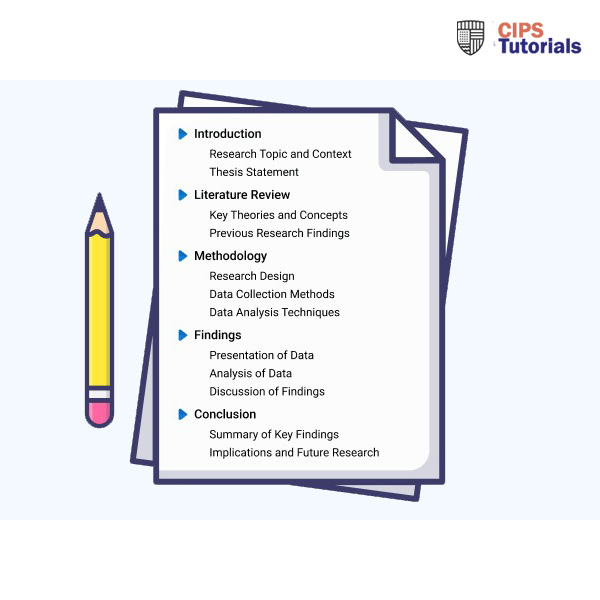-50%
Description
Related Papers
(Solution) CIPS ROSHN Developing Contracts in Procurement and Supply (PDC)
- In this assessment, an evaluation of ROSHN company contract terms and conditions have been evaluated.
- By selecting Facilities Management Contract, its effectiveness in ensuring quality issues, time extension risk, costs overruns and unethical practices has been evaluated.
- Further, the importance of performance measures and management in ROSHN company practices has been prioritised for evaluation. The contract terms and conditions have been quoted for evidencing the success of the contract implementation.
- In this assessment, the findings evidence that ROSHN facilities management spend category is characterised by various issues which are stipulated by the terms and conditions.
- The relevance of this is ensuring success in managing the overall faced challenges.
- By reviewing the different terms and conditions, the issues related to performance management, force majeure, costs, indemnity, risk management and insurance have been put into account.
- Also, the battle of forms have been evaluated with the best practice in their management identified.
(Solution) ICS Learn CIPD Level 5 Reward for Performance and Contribution (5HR03)
(Solution) CIPS PSE RCU Cohort (Practitioner) Module 4 – Sourcing Essentials in Procurement & Supply
This assignment focus is evaluating various sourcing approaches used in Procurement and Supply Chain Management (PS&M).
To achieve this aim, Royal Commission of Al-Ula (RCU) is used as the organisation of interest.
By focusing on different categories of spend including technology systems, various sourcing approaches have been evaluated. The sourcing approaches in line with CIPS Module Notes include single, sole, multiple, and dual sourcing.
The findings of this assignment have been informed by various tools and models used in analysis including Kraljic matrix, Mendelow matrix, business hierarchy of needs and SWOT analysis among others.
The findings indicate multiple sourcing appropriate to involve many suppliers, single sourcing only one supplier with dual sourcing two suppliers only often evidencing conflicting expectations.
At the end of this assignment, a supplier appraisal checklist has been provided using the Carter’s 10Cs model in the technology system sourcing category.
From the findings and conclusions in this assignment, the identified limitations can be managed by using the following recommendations;
- Transitioning from only one sourcing approach for all their spend categories and select each for all their spends
- Ensure policies in PS&M are appropriately implemented while prioritising on their different stakeholders interest areas
- Embrace of technologies in their sourcing process for sake of achieving modernised suppliers appraisal and eventual selection
- Improve RCU Ariba and SAP system intended for improving exchange of data and information for supporting their sourcing approaches embrace
(Solution) New CIPS Sourcing Essentials (PSE) TAQA Water Solutions
This report evaluates and contrasts various sourcing strategies within the SWS (Sustainable Water Solution) organisation, focusing on the health and safety (HS&E) category of spend during the COVID-19 pandemic, which necessitated remote working.
To assess the different sourcing strategies, tools such as the Kraljic analysis, Mendelow's stakeholder analysis, the business hierarchy of needs, and the SWOT analysis were employed.
Additionally, the Peter Block Grid was used to categorise stakeholders based on their interests and positions related to the sourcing strategies.
In the supplier evaluation for the HS&E category of spend within SWS, Carter's 10Cs methodology was applied to assess different sourcing strategies.
The results indicate that SWS should adopt a strategic sourcing approach to sustain its leadership in the sustainability and water management industry while maximising efficiency.
The sourcing strategies include multiple sourcing (engaging with multiple suppliers), single sourcing (working with one supplier), sole sourcing (working with a monopolistic supplier), and dual sourcing (working with two suppliers who might have conflicting demands).
In conclusion, the recommendations for SWS's sourcing strategies in the HS&E category of spend are as follows:
- Determine the most suitable sourcing strategy based on the characteristics of the spend category.
- Ensure procurement policies are comprehensive and prioritize health and safety standards.
- Simplify the procurement process while considering the interests of all stakeholders.
- Upgrade the current Ariba/SAP system to enhance information flow and support various sourcing methods such as RFQ, RFP, negotiation, and e-auction throughout the product lifecycle

